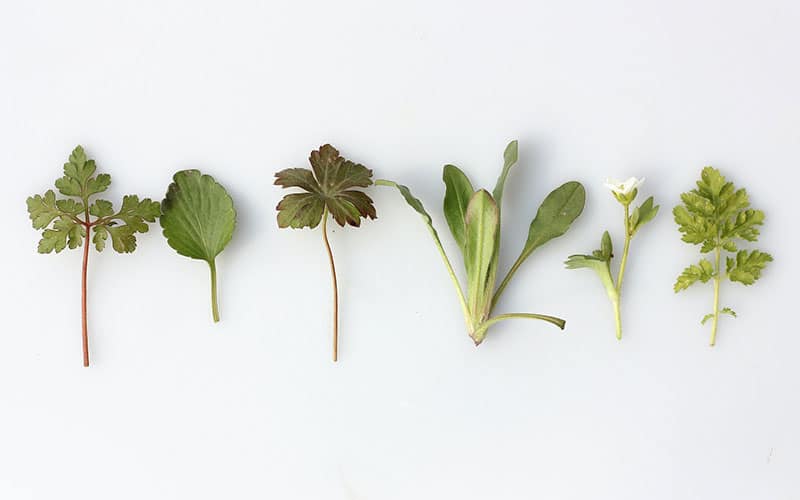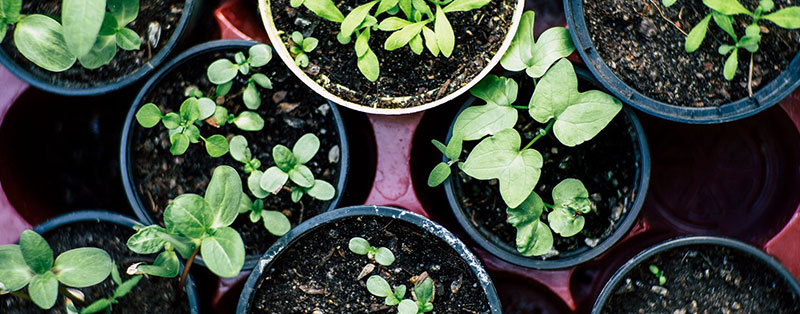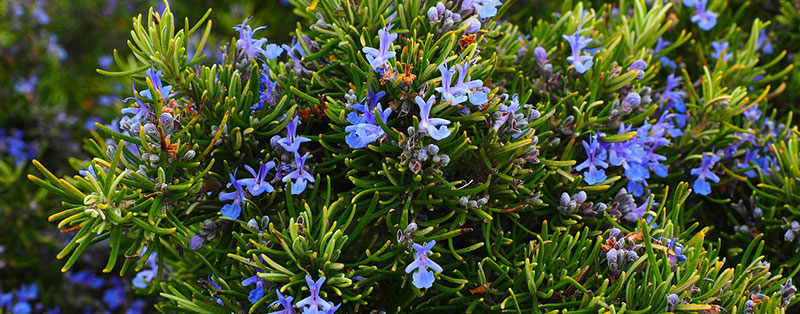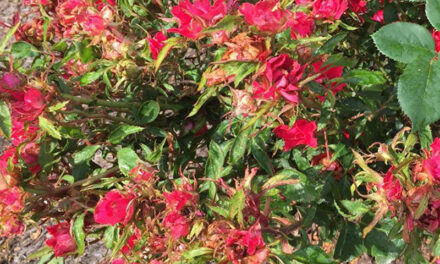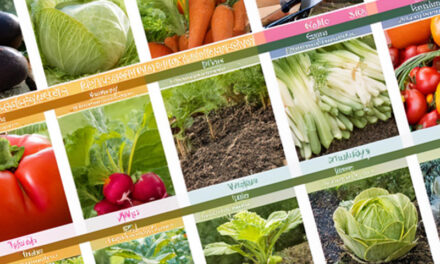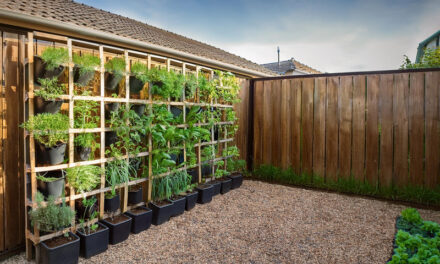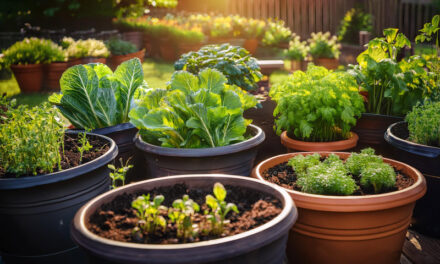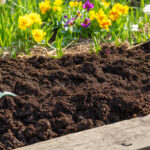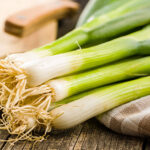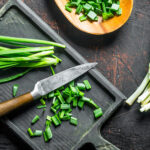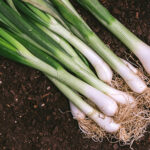Herbs are not only delicious but also a delightful decorative addition to your garden. They release wonderful aromas and, when allowed to bloom, provide edible flowers. Creating an herb garden near your kitchen allows for easy access to fresh herbs, enhancing the flavors of your dishes. Additionally, herbs can be used to make flavorful and aromatic teas.
When it comes to herbs, there are two main categories: culinary herbs and medicinal herbs, with some herbs serving both purposes. In this guide, we will focus on culinary herbs and explore which ones are easy to grow in your own herb garden. Discover the world of herbs and unlock the secrets of their culinary delights. If you’re interested in exploring medicinal herbs, check out our dedicated section on them.
How to Create a Herb Garden?
First, assess which spot in your garden is most suitable for the herb garden. Most herbs prefer a sunny and sheltered location, as many come from Mediterranean regions. Herbs like tarragon, thyme, savory, sage, lavender, and basil thrive in full sun, at least 6 hours per day. Herbs that prefer partial shade are chives, (curly) parsley, lovage, and rosemary. And there are herbs that even do well in shade, such as lemon balm, chamomile, chervil, and mint.
Consider the preferred soil type for each herb and select herbs that thrive in the same soil type if you’re planting them in a specific area or a large container. If you want to grow other types of herbs, keep them separate in a pot or find another suitable location. It’s practical to group the herbs together in sections, which makes harvesting easier. For example, dill and fennel should be kept apart since they can cross-pollinate, resulting in a less flavorful hybrid.
Mint and lemon balm are vigorous growers, so it’s advisable to plant them in a pot. If you want to plant them in the ground, use a pot and bury it in the soil.
Distinguish between annual and perennial herbs. Annual herbs need to be sown annually, so they are less tied to their spot in the garden. Some perennial evergreen herbs require protection against frost.
Annual Herbs:
- Basil
- Summer
- Savory
- Dill
- Nasturtium
- Borage
- Anise
Perennial Herbs:
- Mint
- Rosemary
- Thyme
- Sage
- Oregano
- Lemon
- Balm
- Summer
- Savory
- Parsley (biennial)
- Chervil (biennial)
- Chives
- Bay Leaf
- Fennel
- Lovage
Easy-to-Grow Herbs for Your Garden
There is a distinction between annual and perennial herbs. Annual herbs need to be sown again each year, so they are slightly less tied to their spot in the garden. Biennials last for two seasons, producing seeds and then dying off.
Growing from Seed
Here are some herbs that are easy to grow from seed:
Parsley
You can start parsley indoors on your kitchen counter or windowsill from February. The seeds germinate at temperatures between 15 to 20 degrees Celsius. Once the seedlings are small but have two leaves, you can transplant them. Give them about 15 centimeters of space to grow.
Chives
Chives can be sown indoors in pots or directly outdoors from mid-May. After 6 weeks, you can transplant the seedlings into a larger pot or your herb garden. Leave about 25 centimeters of space between the plants to allow for growth.
Basil
To start basil, you can either sow it indoors in a seed tray or pot, or directly sow it outside from mid-May. Basil, being a Mediterranean herb, thrives in a warm and sheltered spot in your garden.
Sweet basil comes in a variety of flavors. Basil Bollosso closely resembles regular basil but with a milder taste. Basil Pluto is a dwarf variety known for its robust aromatic flavor. Red Basil, also called Basil Purple Ruffles (Ocimum basilicum purpureum), features red leaves and adds a delightful flavor to rice dishes or basil vinegar. Towards the end of the season, the plant produces beautiful purple flowers. Basil Genovesa Gustosa closely resembles the basil commonly found in supermarkets. Thai basil is widely used in Thai, Vietnamese, and other Asian cuisines. It boasts green leaves, a purple stem, and pink-lilac flowers, offering a sweet taste with a hint of anise.
Buying Herb Plants
Some plants are better to buy as established plants than to grow from seed.
Rosemary
Rosemary is an evergreen shrub. It can be sensitive to frost when combined with heavy rainfall during winter. It prefers a sunny and sheltered location and can grow up to 1 meter tall. To keep it in shape, regularly prune the tips by cutting about 5 to 8 centimeters. From March to May, rosemary blooms with small blue-white flowers.
Mint
Mint is a vigorous spreader, so it’s easy to obtain some cuttings by asking around. If you want a lot of mint, make sure it has enough space to grow, or plant it in a pot to keep it contained. Mint can thrive in full sun but also does well in partial shade.
Thyme
A low-growing shrubby plant with lovely flowers that can be used in cooking. Thyme requires a sunny location and well-draining soil. Try lemon thyme as well, which has a slightly fresher taste and smells like lemon.
Vertical Herb Garden
Herbs are highly suitable for planting and thriving in a vertical garden. In the article about Vertical Gardens, I’ll tell you more about how to create one. The herbs that are definitely suitable for vertical gardening include chives, lavender, mint, basil, rosemary, parsley, oregano, and lavender.
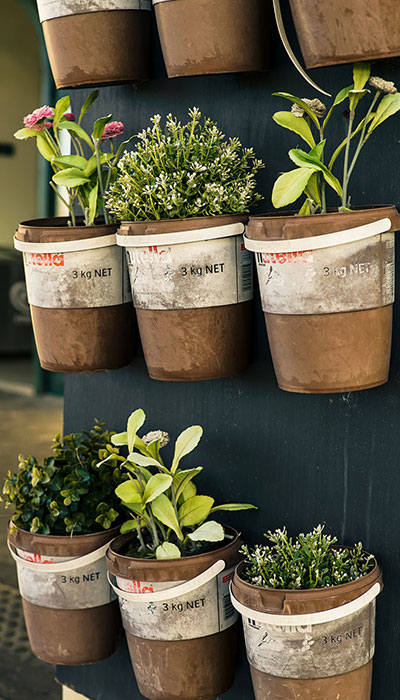
Small Herb Garden in Pots
In addition to planting herbs in a vertical garden, they are also perfect for growing in pots. You can easily do this with just 1, 2, or 3 pots on your windowsill. Everyone has space for a mini herb garden. You can also combine different herbs in one large pot next to your kitchen door. Place the pots along your garden path or on your balcony. Make sure they receive enough sunlight and are sheltered.
Herbs in a Planter Box
There are special planter boxes that work well for growing herbs. You can use any box as long as it has proper drainage. Get creative with it! Square meter gardening boxes, commonly used for growing vegetables, are certainly suitable for cultivating herbs. The same principles apply as with pots. Ensure excess moisture can drain away and place your planter box in a sunny and sheltered location.
Herb Garden Pallet
As an idea for a vertical garden, you can also use a pallet. Position the pallet on its side and remove some boards from the front. Reattach these boards between the top and bottom as shelves, creating your own creative rack to plant your herbs in. You can even write the names of the herbs on the pallet wood using chalk to indicate their placement. It’s a fun and imaginative way to craft your own living herb rack.

